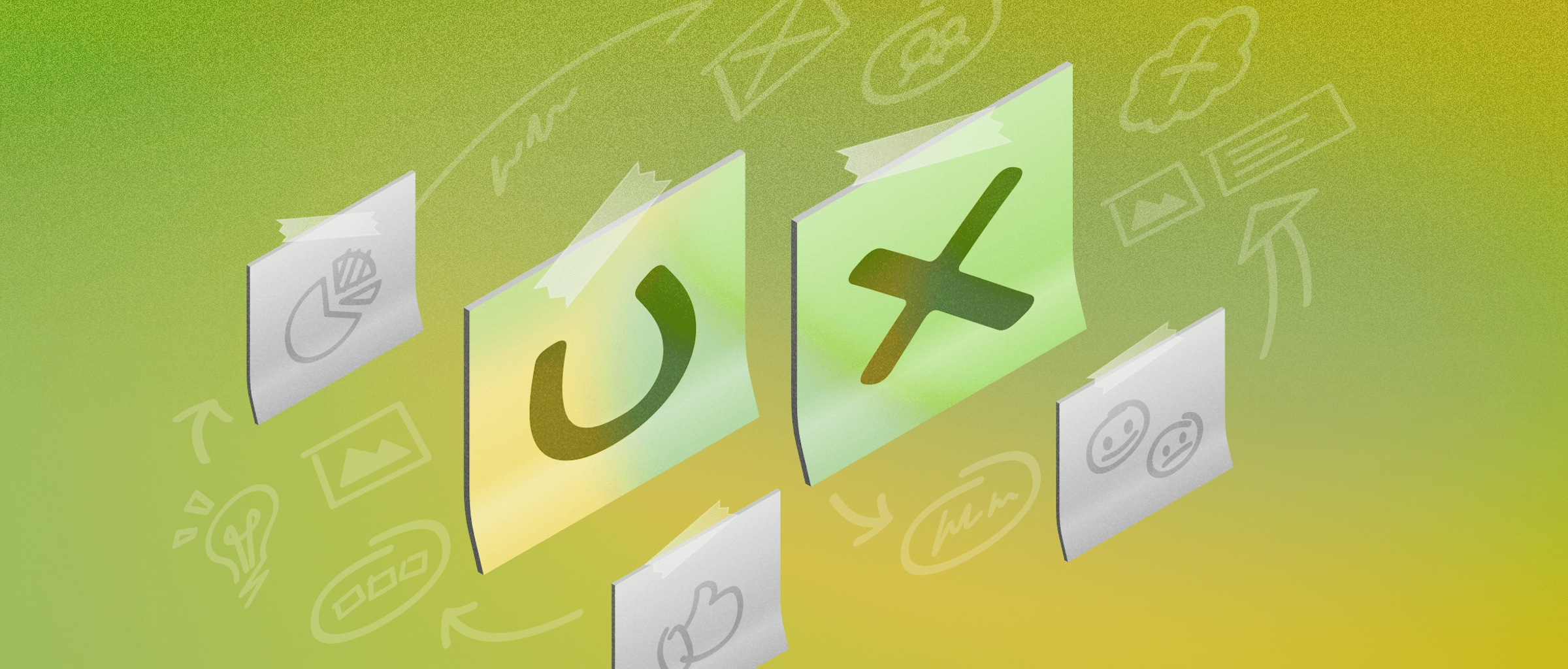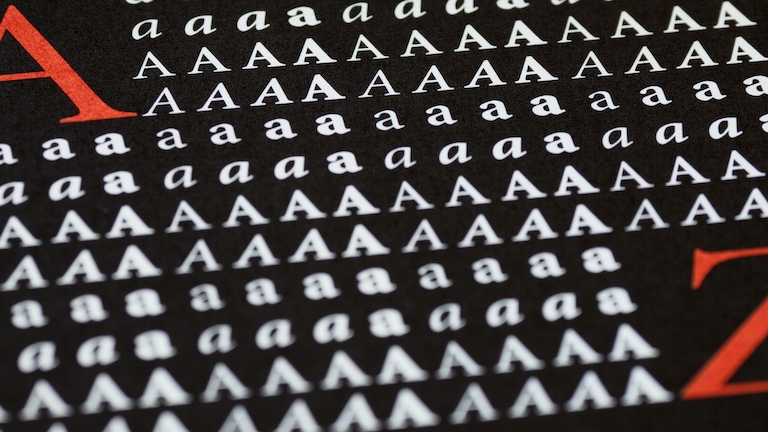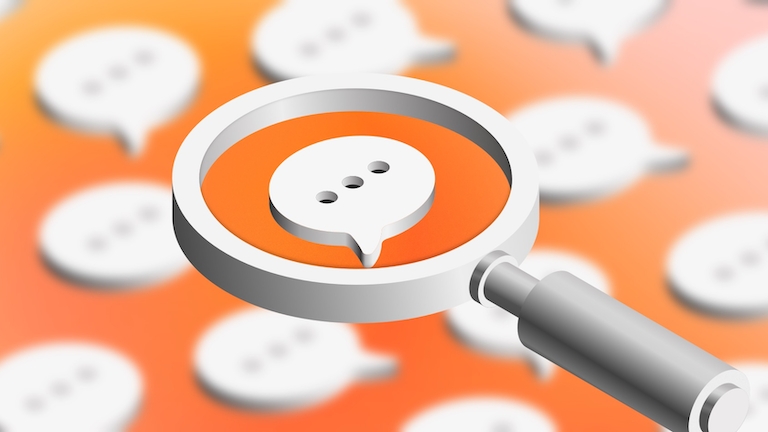Want to know more about UX design and what makes it different from other types of design? We’ve got you covered! Today, we’ll talk about what UX design is, show you some real-life examples, and explore how UX design can make your digital products even better.
What is UX design?
User experience (UX) design is a type of research-driven design focused on improving how a human would interact with a digital touchpoint, such as a website or an app. In other words, UX designers first look at their users’ needs rather than creating a design simply to be creative or innovative.
Through user feedback, research, and beta testing, UX designers can answer important questions such as:
- Do users respond better to hamburger menus or bottom menu bars?
- Can users buy an item successfully or are any of the steps confusing?
- Are users spending more time on a page than they should?
In essence, UX design is about creating digital products that users understand and love. It’s about taking the time to fine-tune each user interaction so that the product is as easy to use as possible.
Examples of UX design
Remember the hamburger menu? You know the one — an icon with three horizontal lines that hid a menu behind a tap. Well, by hiding those menu items, users had to take an extra step before knowing what they could even do with the app.
Now, many apps have switched to a bottom menu, showcasing what they believe are the most used functionalities so that they’re both apparent and easily accessible. This is because the bottom of a smartphone screen is the easiest part to reach. The more you can do without needing to leave that general area, the better.

Here, we can see how Twitter (right) and Instagram (left) make use of the bottom menu bar, both incorporating the Home and Search icons. In Instagram’s case, there’s also a hamburger menu option for secondary functions such as Settings.
UX design at Sketch
Here at Sketch, we’re always working to improve our UX. Recently, we revamped our onboarding flow to simplify the sign-up process. First, we put together a chart to better understand all of our different customers and what they’d need from us. From there, we realized we were asking people to input a lot of information about their future Workspace straight away.
“Removing this step allows people to jump into their Workspace much quicker and start figuring everything out for themselves. Maybe customizing their Workspace is something they’d like to do later, or they want to see what a Workspace is before getting into it. Through simple adjustments, we streamlined the flow and now offer a better overall user experience,” shared Emily Cressey, Product Designer at Sketch.

We recently simplified the sign-up process for Sketch. Now, you can complete the sign-up process on a single screen.
Why is UX design so important?
While UX changes appear simple and straightforward, they often take a lot of trial and error, research, and brainstorming to get right. And a lot rides on these changes. As many as 42% of users could leave your site because of poor UX. That’s quite a hit.
Think of the reasons why you like shopping at specific stores. Do you avoid certain stores because they’re overcrowded? Maybe the lights are too bright or the staff too pushy. The store could be hard to navigate or have too many — or too few — options. You need to approach app and website design in the same way. Making them simple, welcoming and easy to navigate will make people want to come back again and again. Not only that, but if your user journey is complicated, users might never finalize a purchase or reach your sign-up page.
Understanding user experience
Downloading an app or visiting a website takes less effort than going to a physical store, but you know what’s even faster? Deleting an app or exiting out of a site.
You often get one shot with users. They’ll land on your site or download your app and instantly assess their experience, even if it’s subconscious. If you want a more in-depth look at UX design at work, we encourage you to check out this case study on Blinkist’s onboarding, written by the team at Growth.Design 😄
At the same time, people are always changing. As we become more familiar with new technology, we expect different things from the apps and websites we use. That’s why many digital products you interact with are constantly changing and evolving — all to make sure you still enjoy using it as much as possible.
Even though some of these changes might seem counterintuitive at first (or even disorienting), we often get used to them and end up preferring them over what we had before.
Now you know what UX design is and how it differs from other types of digital design. If you’re a budding designer, we hope this post gave you a better idea of the kinds of career opportunities available for you. And if you’re considering hiring a designer, you’ll be more comfortable knowing exactly what you can expect from them during the design process.



